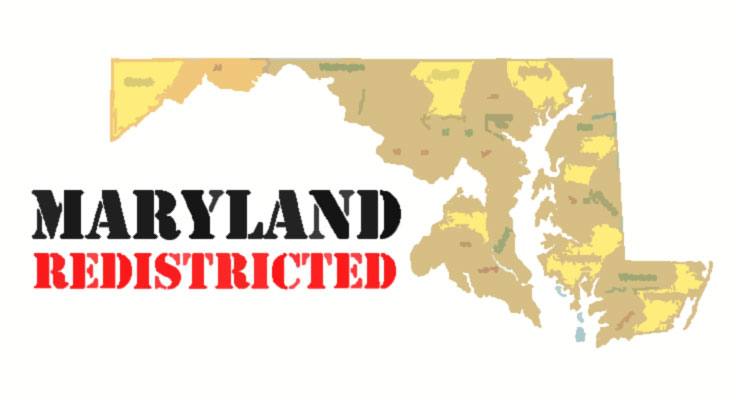
The latest news comes from a really interesting article from Election Law Blog written by election expert Nicholas Stephanopoulos. Here is an excerpt:
What will happen in the 2020 redistricting cycle if the Supreme Court follows the advice of the defendants in the Maryland and North Carolina cases and holds that partisan gerrymandering claims are nonjusticiable? Some may think that, in that event, the status quo will more or less continue. Parties in full control of state governments will keep cracking and packing the opposing parties’ voters, thereby securing partisan advantages that are significant—but usually not enormous or certain to endure for the rest of the decade. This view, however, is probably mistaken. Thanks to a number of technological and legal developments, we are likely to see unprecedented abuses in the next cycle if the Court guarantees that partisan gerrymanders will not be struck down.
The first of these developments (and the one that has attracted the most attention) is the emergence of redistricting algorithms that can quickly generate many maps based on whatever criteria the user specifies. To date, these algorithms have mostly been used in litigation against alleged partisan gerrymanders. Plaintiffs have shown that challenged plans are much more biased than randomly created maps that ignore partisanship but achieve defendants’ nonpartisan goals. But nothing prevents the algorithms from being deployed for ill rather than for good—to engage in gerrymandering instead of to curb it. The user simply has to instruct the program to consider partisanship, and to produce maps that comply with traditional principles while yielding a large and durable advantage for the user’s preferred party.
Leave a Reply